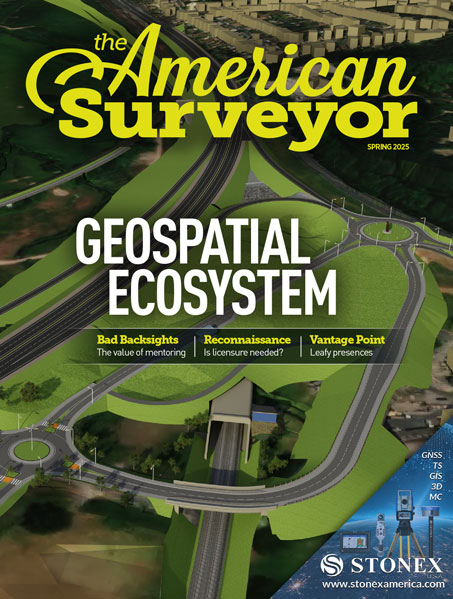Summary
Despite the bleak economy, private nonresidential construction spending increased 0.7 percent in November 2008, according to the January 5 report by the U.S. Census Bureau. Over the past year, private nonresidential construction spending has increased 10.3 percent and stood at $428.2 billion in November. Overall, total nonresidential construction spending was $742.1 billion in November 2008, up 1.0 percent from October and up 9.2 percent from November 2007,
Twelve of the 16 subsectors within the nonresidential construction index produced gains on a year-over-year basis, with manufacturing (up 61.5 percent), public safety (up 29.8 percent) and power (up 27.1 percent). Meanwhile, ten of those 16 subsectors recorded increases on a monthly basis including public safety (up 9.3 percent), conservation and development (up 9.0 percent) and power (up 5.3 percent).
However, some subsectors posted decreases in spending on a year-over-year basis including communication, commercial and religious construction. On a monthly basis, communication-related construction spending was down, along with religious, commercial, amusement and recreation.
Public nonresidential construction continued to increase and was up 1.4 percent in November on a monthly basis and up 7.8 percent on a year-over-year basis. On the flip side, residential construction continues to slide from October 2008 and down 22.8 percent from November 2007. Total construction was down 0.6 percent from last month and 3.3 percent from the same time last year.
What This Means
"The figures for nonresidential construction spending continue to surprise economists," said Associated Builders and Contractors (ABC) Chief Economist Anirban Basu. "Reflecting the observations of many ABC members, the numbers from November on construction spending remain satisfactory.
"However, it is the future that is considerably more worrisome," added Basu. "It should also be noted that September and October construction spending estimates were revised upward, indicating that the nonresidential construction industry’s downturn has been softer than had been estimated earlier.
"All eyes will now turn to the Obama administration’s much-anticipated stimulus package and to future data releases," said Basu. "Recent discussions in Washington are leading many to believe that part of the stimulus plan will be related to tax cuts, while desirable by many, would not benefit the construction industry as directly as a package in which the focus was more purely on infrastructure build-out."
